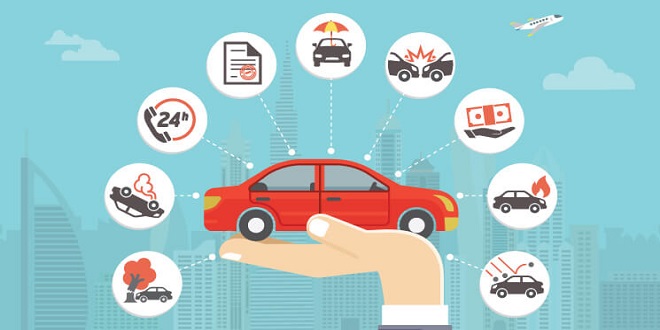The effects of excess claiming on claiming patterns

The incentives for excess medical claiming depend, in large measure, on the type of insurance system in place in a given state. The opportunity to make an excess claim varies with the characteristics of injuries. Below we describe these incentives and opportunities and develop our hypotheses regarding the effects of excess claiming on claiming patterns.
Incentives to Excess Claims
The tort liability system is the set of legal rules that generally govern compensation for injuries in all states and directly governs compensation for automobile injuries in about three-quarters of the states. Under the tort system, an accident victim is entitled to seek compensation for both economic losses and noneconomic 10sseslO from the person who caused the accident.
However, the victim is entitled to compensation only to the degree of the injurer’s responsibility for the accident!!. Because it is not certain how many dollars it takes to compensate for pain or other noneconomic losses, compensation for noneconomic losses, termed general damages, is generally determined as an approximate multiple of the number of medical costs incurred!.
Suppose the accident we were considering above occurred in a no-fault state in which the dollar threshold was $1,000. If driver B makes a claim for $700, he or she would receive reimbursement for that amount. But, there will be no payment for general damages because the medical costs are under the threshold.
Thus, driver B would not benefit from submitting a claim for a nonexistent injury unless he or she was willing and able to claim more than $1,000 in medical costs. If he or she did claim $1,100 in medical costs, and the insurance company did not successfully challenge the claim, he or she would receive both $1,100 in medical compensation and, because the dollar threshold has been exceeded, general damages as well. In sum, the potential rewards and costs for submitting a claim above the threshold in a dollar threshold state are the same as in a tort state.
However, there is no incentive to submit a below-threshold claim for a nonexistent injury in a dollar threshold state. Because the threshold will deter some potential excess claimants,15 we expect a lower frequency of excess claims, other things being equal, in the dollar threshold states, compared to the tort states.
Opportunities for Excess Claims
The opportunity to exaggerate medical claims is influenced by the nature of the injuries themselves. For purposes of this analysis, we divide injuries into two types. Hard injuries are serious injuries that are objectively verifiable.
There is no debate about the loss of a limb or a fracture detected by x-ray. Hard injuries are usually costly; hence, they are likely to attract attention from claims agents and require specific evidence to support the claim for compensation. Because hard injuries are generally objectively verifiable, we expect that claims for hard injuries are generally valid. In contrast, we define soft injuries as sprains and strains to the neck and back. Soft injuries are generally not objectively verifiable and, because they are often not costly injuries, claims based on them may not attract close attention or generate demands for verification.
Last word
There is the possibility that the claimant was not injured at all. In the following, we use the term “hard injury claims” to refer to claims in which the claimant asserts at least one hard injury. The claimant may also have suffered one or more soft injuries. We use the term “soft injury claims” to refer to claims in which the claimant asserts only strains or sprains to the neck or back.
Understanding the conjugation of verbs is essential in mastering a language. It involves various verb forms and tenses, which convey the timing and completion of actions. Additionally, mood and voice variations add further complexity to verb conjugation. The nuances of shabd roop encompass the subtleties of language, requiring attention to detail and practice for fluency





